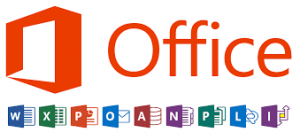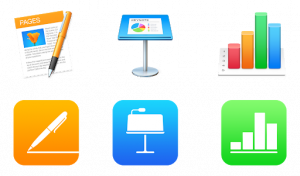Come February 10, I will have been studying Italian consistently for 2 months. I have currently finished all of the Duolingo lessons up to the first checkpoint and a good number after that, and what I have learned is a lot of basic vocabulary and sentence structure. Many words are similar to their French counterparts, as I mentioned in the previous post, so I am picking up vocabulary rather quickly.
I watched a movie with my mom and sister on Sunday night, and they happened to choose Only You. It is not a good film, by any means, and the characters are absolutely ridiculous, but it was interesting to see Robert Downey Jr. in one of his earlier roles. My point is that this movie is set in Italy, so I was able to put my comprehension to the test. I wasn’t trying to test myself seriously, but I did try to listen to the Italian parts. My abilities were on par with my expectations, meaning I could understand basic vocabulary, and the gist of the Italian portions in context.
From this experience I can tell that if I were there, I would need to ask people to repeat themselves, or speak slower quite a bit (which I am sure will be the case even with improvement). Considering I have not been studying Italian for long yet, I am happy with this conclusion.
It is encouraging that my Italian was better than the main character’s (who spoke no Italian), and almost on par with Robert Downey Jr.’s character (who is also an anglophone American).
The duolingo lessons are starting to move toward more verbs and tenses that will be useful to me, so I’m hoping that next time I listen to Italian conversation I will understand more of the vocabulary. While the basic vocabulary is good to know, learning tenses and verbs will help me more than knowing animal vocabulary.



 Photo by
Photo by
Recent Comments